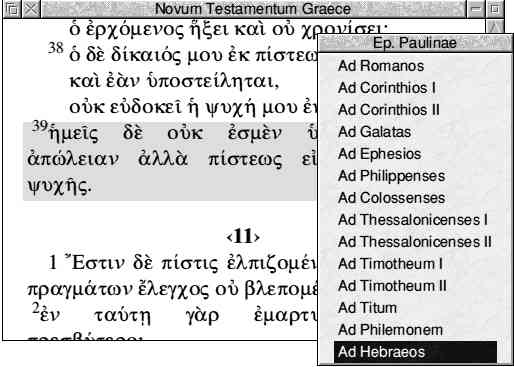
.jpg)

both are falsely accused and face false witnesses.Other parallels between Joseph and Jesus include: Later, Joseph’s father finds that Joseph is alive and is the ruler of Egypt who saves the world from a great famine. Joseph’s brothers deceive their father by dipping his coat in the blood of a sacrificed goat (Genesis 37:31). From his father’s perspective, Joseph dies and then comes back to life as the ruler of Egypt. Joseph is a very special son to his father. Genesis Chapters 37–50 has the story of Joseph in Egypt, and Joseph is commonly cited as a Christ type. 780–856) became influential as summarizers and compilers of works setting out standardized interpretations of correspondences and their meanings. Saint Augustine (345–430) recalled often hearing Ambrose say that 'the letter kills but the spirit gives life', and Augustine in turn became a hugely influential proponent of the system, though also insisting on the literal historical truth of the Bible. Origen (184/185 – 253/254) Christianised the system, and figures including Hilary of Poitiers (c. 50 AD) and others viewed Scripture in philosophical terms (contemporary Greek literary theory highlighted foreshadowing as a literary device) as essentially an allegory, using Hellenistic Platonic concepts. The development of this systematic view of the Hebrew Bible was influenced by the thought of the Hellenistic Jewish world centered in Alexandria, where Jewish philosopher Philo (c. These are a shadow of the things that were to come the reality, however, is found in Christ.' The idea also finds expression in the Letter to the Hebrews. Paul states the doctrine in Colossians 2:16–17 – 'Therefore do not let anyone judge you by what you eat or drink, or with regard to a religious festival, a New Moon celebration or a sabbath day.

Others regarded some parts of the Bible as essentially allegorical however, the typological relationships remained the same whichever view was taken. Most theorists believed in the literal truth of the Old Testament accounts, but regarded the events described as shaped by God to provide types foreshadowing Christ. This therefore encouraged seeing at least parts of the Old Testament not as a literal account but as an allegory or foreshadowing of the events of the New Testament, and in particular examining how the events of the Old Testament related to the events of Christ's life. The Church studied both testaments and saw each as equally inspired by God, yet the Old Testament contained discontinuities for Christians such as the Jewish kosher laws and the requirement for male circumcision. The system of Medieval allegory began in the Early Church as a method for synthesizing the seeming discontinuities between the Hebrew Bible (Old Testament) and the New Testament.


 0 kommentar(er)
0 kommentar(er)
